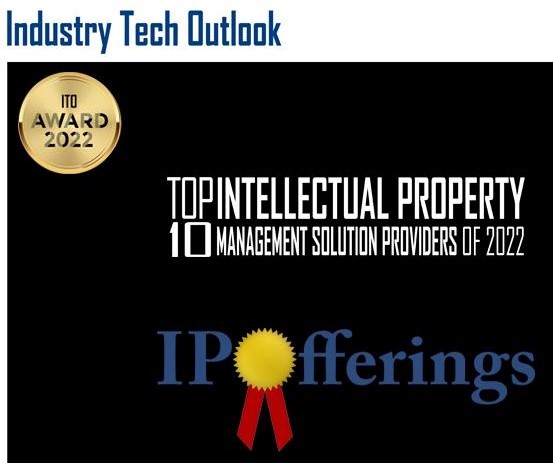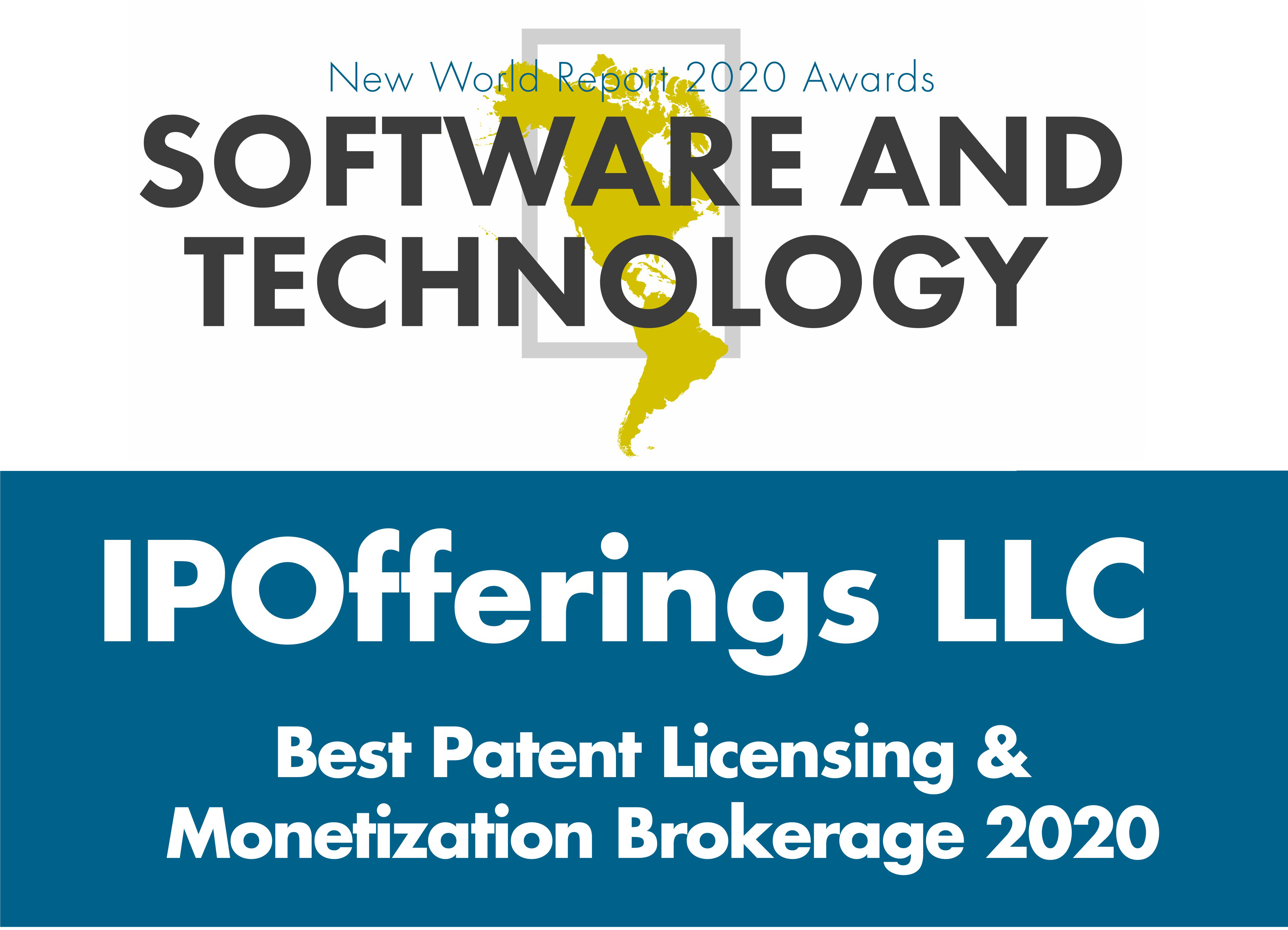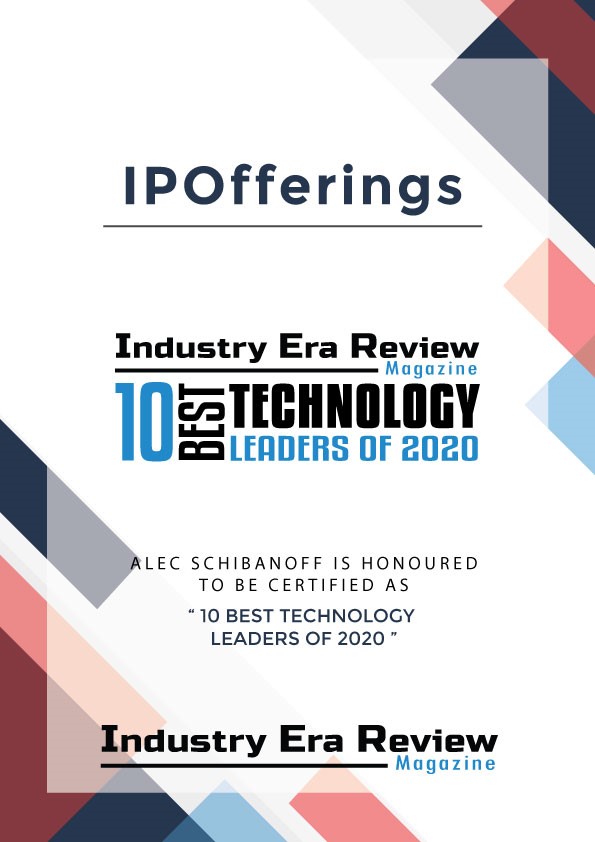Patent MarketPlace: Telecommunications/IP Telephony Patents for Sale
 The Cure for “Meeting Fatigue” (Muras): U.S. Patent No. 12,279,071 and Continuation
The Cure for “Meeting Fatigue” (Muras): U.S. Patent No. 12,279,071 and Continuation
We’ve all nodded off in a meeting. And not just in-person meetings, but in increasingly popular videoconference meetings like Zoom® or Microsoft Teams® or Google Meet®. One of the causes of inattentiveness in videoconference sessions is poor attendee-to-attendee eye contact and distractions that reduce the participants’ connections to each other. This reduces the meeting’s effectiveness and the return on investment of the participants’ time. “Meeting fatigue” (as it is has come to be known) can seriously diminish the value of videoconferencing as an ongoing means of interpersonal communications. Zoom, Teams, Meet, and the other videoconference services are here to stay. How do we make videoconferencing as attentive and effective as those live-and-in-person meetings we used to have?
This patent family provides real-time eye gaze plus attention awareness and scoring. It computes per-user and cohort attention/gaze quality metrics. When the attention of a participant drops, the system automatically takes an action such as spotlighting the speaker, vibrating a phone (when using Zoom on a phone), changing the color of a widget, or triggering micro-interactions that “wake up” the participant without disturbing whomever is speaking or presenting and the audio and visuals of the meeting. The technology also recommends optimal screen/window/camera placement and layout before a session starts to maximize natural gaze alignment and minimize inattentiveness. It even applies per-user, per-cohort, per-computer, and per-room meeting improvement techniques to insure more productive meetings.
U.S. Patent No. 12,279,071 and U.S. Patent Application 20250184445 for “Visual image management” would enable any provider of videoconferencing services to offer video meetings that are far more effective and productive.
Zoom is a registered trademark of Zoom Video Communications, Inc.
Microsoft Teams is a registered trademark of Microsoft Corporation.
Google Meet is a registered trademark of Google LLC.
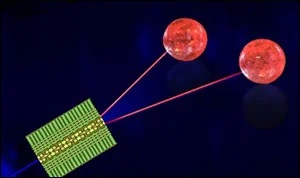 Instant Communications via Virtual Photons (Plotnikov): U.S. Patent Application 20240372629
Instant Communications via Virtual Photons (Plotnikov): U.S. Patent Application 20240372629
With all current technology, signal transmission speed is limited by the speed of light (C) as all electromagnetic waves propagate in a vacuum at slightly under 3×10⁸m/s. As such, the transmission of information will have a time delay determined by the ratio of the distance from the signal transmitter to the receiver antenna over the constant value of C. One approach to eliminating the delay would be by solving the entanglement paradox found in quantum mechanics (so-called ‘spooky action’ at a distance), which indeed allows for the instantaneous transfer of energy between two coherent quantum states. Solving the entanglement problem and applying it to an existing device for transmitting information will eliminate the dependence of signal transmission on the speed of light and thus allow for the transmission of information to be instantaneous.
This patent application done just that. The principal mechanism for instantaneous signal transmission is based on the experiment of photon diffraction on two slits. The classical explanation of the diffraction pattern implies that all photons emitted by the laser are coherent, which is why a large number of coherent photons will create a diffraction pattern. But this explanation is not wholly accurate, since all photons emitted by the source are not truly coherent with one another and – as such – they should not form any diffraction pattern. But the experiment indeed shows that a diffraction pattern will result. The correct explanation of this experiment is that it is one photon that creates a diffraction pattern, since one photon includes two coherent quantum states of energy at the same time.
Having considered the problem of diffraction of one photon possessing two quantum states at the same time, the behavior of that one photon when approaching two open slits in the experiment divides the photon into two coherent quantum states which then exit from two slits. The conclusion to be made is that it is the two slits that sets the condition for that one photon to split into two coherent quantum states and creates a complete diffraction pattern seen on the screen. As the two coherent states exit each respective slit, they begin to exchange the energy difference between them instantly (i.e. the two exiting quantum states of a singular photon are now entangled). Mathematics and experiments show that instantaneous exchange will be carried out not only along one x-axis but also along the y and z-axis. Using two polaroid filters, it is possible to decrease and increase the intensity of the photon flow and, thereby, encode the signal. In principle, this method allows us to transfer an already emitted electromagnetic signal, passing it through two slits and dividing it into two coherent quantum states. Already at the exit from the two slits, the signal will spread instantly from the two slits to the receiver antenna located at some physical distance away.
U.S. Patent Application 20240372629 for "Instantaneous communication using virtual photons in a two-coherent particle system and methods therefor" would allow any business to convert any encrypted electromagnetic signal into two coherent quantum states and transmit them over any distance instantly!
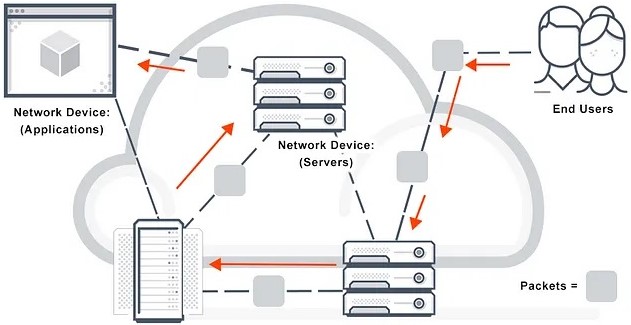 Next-Generation Optimized Mobility Management (Instituto de Telecomunicacoes): U.S. Patent No. 10,251,105
Next-Generation Optimized Mobility Management (Instituto de Telecomunicacoes): U.S. Patent No. 10,251,105
The complex telecommunications infrastructure that has been created since the birth of the Internet has presented many challenges. For example, the IP address assigned to a session when it is initiated on a user device to exchange data packets between the end-points of the given data service must be maintained. This requires better management of the distributed mobility anchors, tunnels, interfaces, and IP addresses where a mobile node is configured to bind to the previously accessed mobility access router so the established network sessions of the mobile node can be re-established when needed.
This patent creates a mobility management system for an IP-protocol data communication network that handles distributed mobility anchor network nodes with IP addresses.
- It consists of mobility anchor nodes, interfaces, and tunnels.
- It includes bindings from the anchor nodes to the IP address of a network mobile node.
- The mobile node handles the mobility anchors and the respective IP addresses to which it is bound regardless of whether or not the current access router of the mobile node is providing mobility management.
- The mobile node is configured to detect whether the current network access router of the mobile node provides mobility management as a mobility access router.
- If the current access router is a mobility access router, the mobile node is configured to bind to the current mobility access router so the previously established network sessions are re-established through both the previously accessed and the current mobility access routers.
- If the current access router of the mobile node is not a mobility access router, the mobile node is then configured to bind to the previously accessed mobility access router so the previously established network sessions of the mobile node are re-established through a previously accessed mobility access router.
U.S. Patent No. 10,251,105 for a “Dynamic mobility management system” will enable any router manufacturer to offer the next-generation of optimized mobility management.
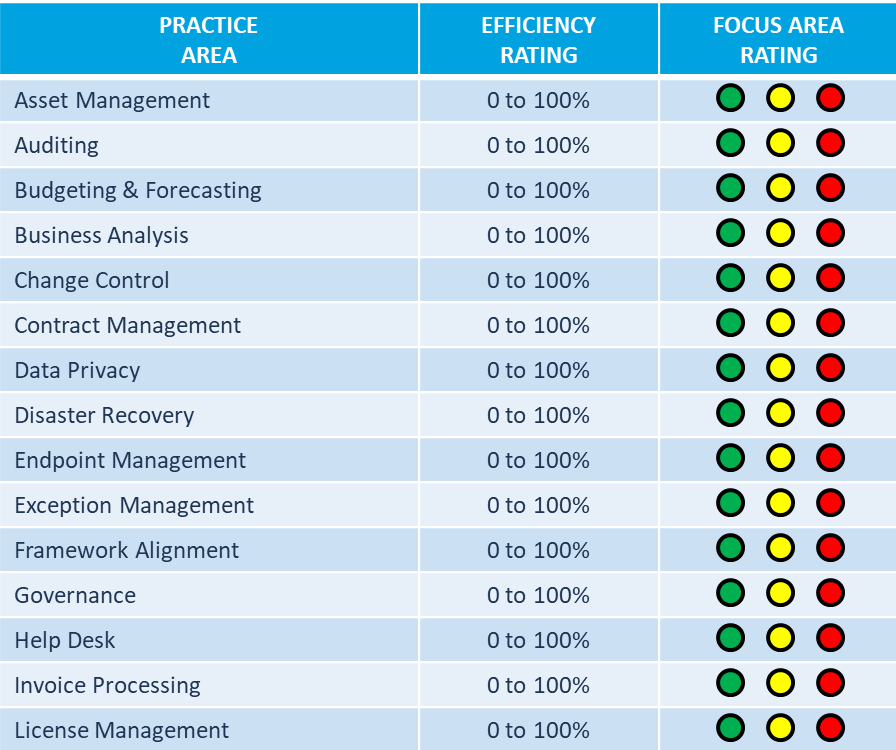 Performance Index for Telecom/Mobility/Cloud/IT (Telecom Management Group): Two U.S. Patents
Performance Index for Telecom/Mobility/Cloud/IT (Telecom Management Group): Two U.S. Patents
“If you can’t measure it, you can’t manage it.” This was the advice of quality improvement guru W. Edwards Deming. That concept applies to every facet of every business, and that includes the telecommunications-mobility-cloud-information technology continuum that is part and parcel of almost every business today. Image how efficient and profitable a business could be if it could aggregate its technology management and business workflow performance data, could reach across multiple business processes to increase customer satisfaction, could grow profits by increasing existing revenue streams by leveraging performance scoring to identify opportunities, and could provide companies with a proprietary performance-scoring solution across multiple industries?
This patent family creates a performance index that assesses the financial and operational efficiency and control of a business’s technology, as well as the impact the company’s technology has on revenue, profits, expenses, market share, competitive advantage, and customer experience. The system collects data about the company’s technology management practices, the vendors that provide assets, licenses, and services, and the effects of that technology on business goals and objectives. It scores the business on a scale of 0 to 10,000 points and contains algorithms that track best-in-class performance levels and the continuous improvements that are being made – or NOT made!
U.S. Patent Nos. 8,484,071 and 8,775,233 for a “Telecom environment management operating system and method” will enable its acquirer to create a performance index tool for telecom service and equipment suppliers as well as businesses that have a significant investment in telecom, mobility, and cloud storage IT.
 Direct Dialing from a Web Page (Speak2sales): U.S. Patent No. 9,042,377
Direct Dialing from a Web Page (Speak2sales): U.S. Patent No. 9,042,377
We’ve all been there. We locate the web page of a company we want to contact. We must search the page, find the telephone number, write down the number, then find that piece of paper with the phone number on it – and hope we can read our chicken scratch – so we can make that call. And if we are making business calls to dozens or hundreds of companies, that’s a lot of phone number scribbling. There’s got to be an easier way!
There is. This patent creates technology that enables you to go to a company’s (or other organization’s) website, and when you decide you want to call that company, you do it with a mouse click! For anyone who reaches out to many companies a day – from sales to purchasing, from getting a price for a product to checking availability – this is an incredible time saver!
U.S. Patent No. 9,042,377 for a “System and method for web telephone services” will enable any provider of customer relationship management (CRM) software to take its products to the next level of performance and productivity.
More Secure VPN Tunnel (NOA): U.S. Patent plus European Patent Application
 The Virtual Private Network (VPN) has been around for over 20 years and is a common method of connecting your PC or mobile device with an outside network. A VPN Tunnel connects your smartphone, laptop, computer or tablet to an outside network, but keeps your IP address hidden and encrypts all the data you generate. By connecting to websites through a VPN tunnel – and not directly – government agencies, hackers and others cannot track your online activity or even view your IP address! A VPN tunnel is useful when one is logging onto the Internet using public Wi-Fi at hotels, airports, coffee shops, libraries and other public places.
The Virtual Private Network (VPN) has been around for over 20 years and is a common method of connecting your PC or mobile device with an outside network. A VPN Tunnel connects your smartphone, laptop, computer or tablet to an outside network, but keeps your IP address hidden and encrypts all the data you generate. By connecting to websites through a VPN tunnel – and not directly – government agencies, hackers and others cannot track your online activity or even view your IP address! A VPN tunnel is useful when one is logging onto the Internet using public Wi-Fi at hotels, airports, coffee shops, libraries and other public places.
This patent takes the VPN Tunnel to the next level by enabling more secure initial and continuous authentication of the connection. The patent uses USB hardware to route all VPN traffic through the device, enabling easier set-up and administration with higher security, and the option to use biometric or other authentication hardware. VPN software, certificates, credentials and sensors are stored on the device, allowing for greater security and manageability. This patented device continuously authenticates the presence of the user via biometrics or a second device which can be a smartphone, smartwatch, NFC ring or a custom device using Quick Response (QR) Codes, Near-Field Communication (NFC) or Bluetooth Low Energy (LE) proximity authentication to activate or deactivate the VPN tunnel.
U.S. Patent No. 10,412,070 for a “Method and apparatus of implementing a VPN tunnel” is part of a portfolio that also includes European Patent Application 3472719. Any current supplier of VPN Tunnel services or equipment will be able to take its product offerings to the next generation and leapfrog the technology and product offerings of all of its competitors!
Patent Brokerage Prospectus: Contact [email protected] to receive an analysis of each portfolio that includes:
- Executive Summary
- Patent Overview and History
- Technology and Investment Summary
- Market Research
- Company Analysis
- Illustrative Evidence of Use (if applicable)
We offer patents in these technologies:
- Agricultural
- Artificial Intelligence
- Automotive/Vehicular
- Aviation
- Banking/Financial Services
- Beverages/Foods/Nutritional Products
- Boat and Marine
- Cannabis and Medical Marijuana
- Construction/Building Trades
- Consumer Electronics
- Consumer Products
- Digital Currency/Cryptocurrency
- Drones/UAVs
- E-Cigarette & Vaping Technology
- E-Commerce
- Education & Training
- Energy/Power Generation
- Health and Beauty Products (HBP)
- IoT Patents/Internet of Things
- Manufacturing
- Medical Electronics and Devices
- Mining/Drilling
- Mobile/Wireless
- Network/Location-Based Services
- Optics/Displays/Video/LED
- OTT Patents/Over-the-Top
- Packaging
- PCs and Notebooks
- Pharmaceuticals
- Robotics/Automation
- Semiconductor
- Shoe & Apparel
- Smart Home/Smart Office
- Social Media
- Software, Apps, and Architecture
- Sports/Sporting Goods
- Telecommunications/IP Telephony
- Warehousing/Material Handling
- Other
- Go to Patent Index
- Return to Patent MarketPlace

